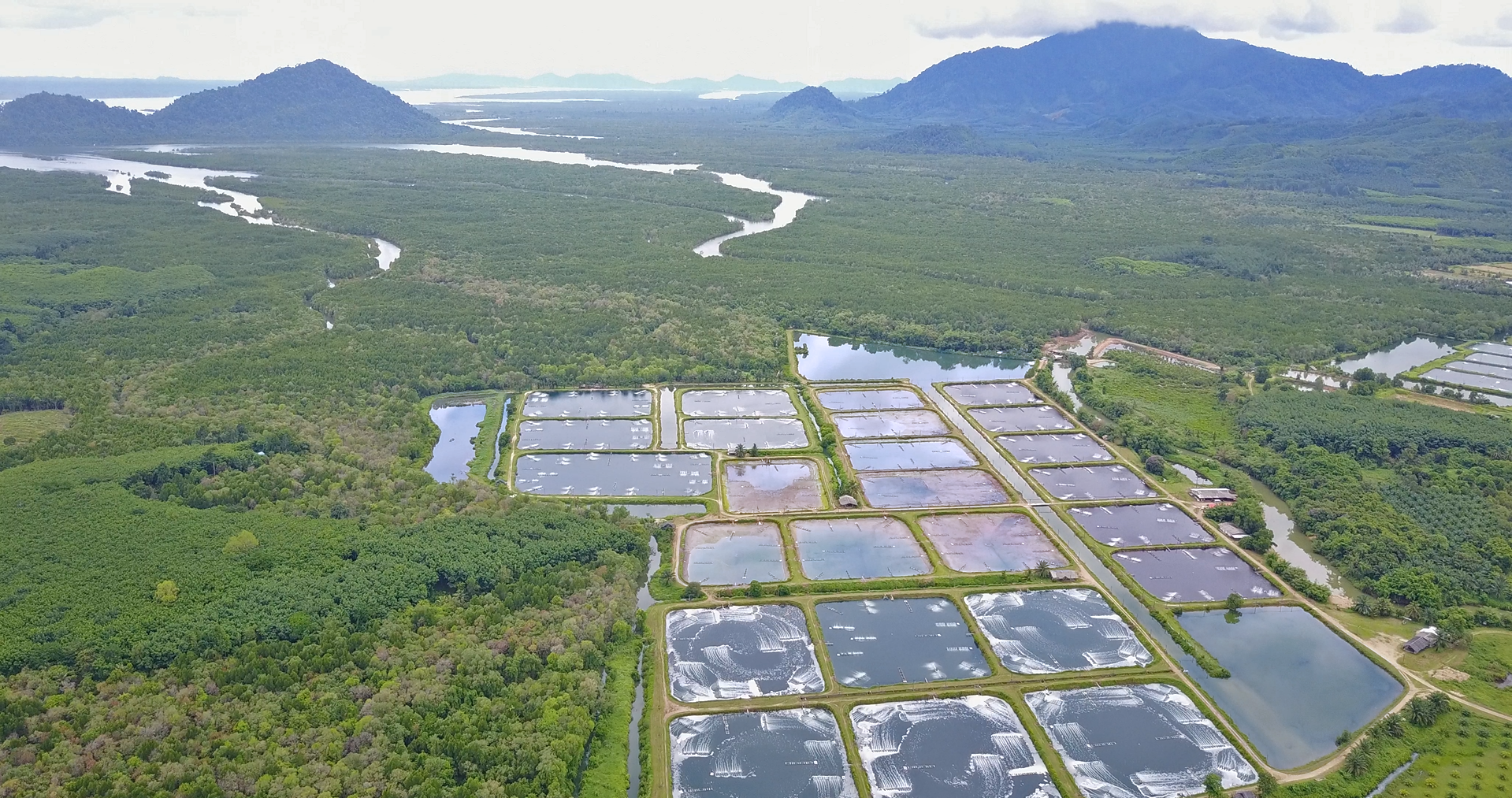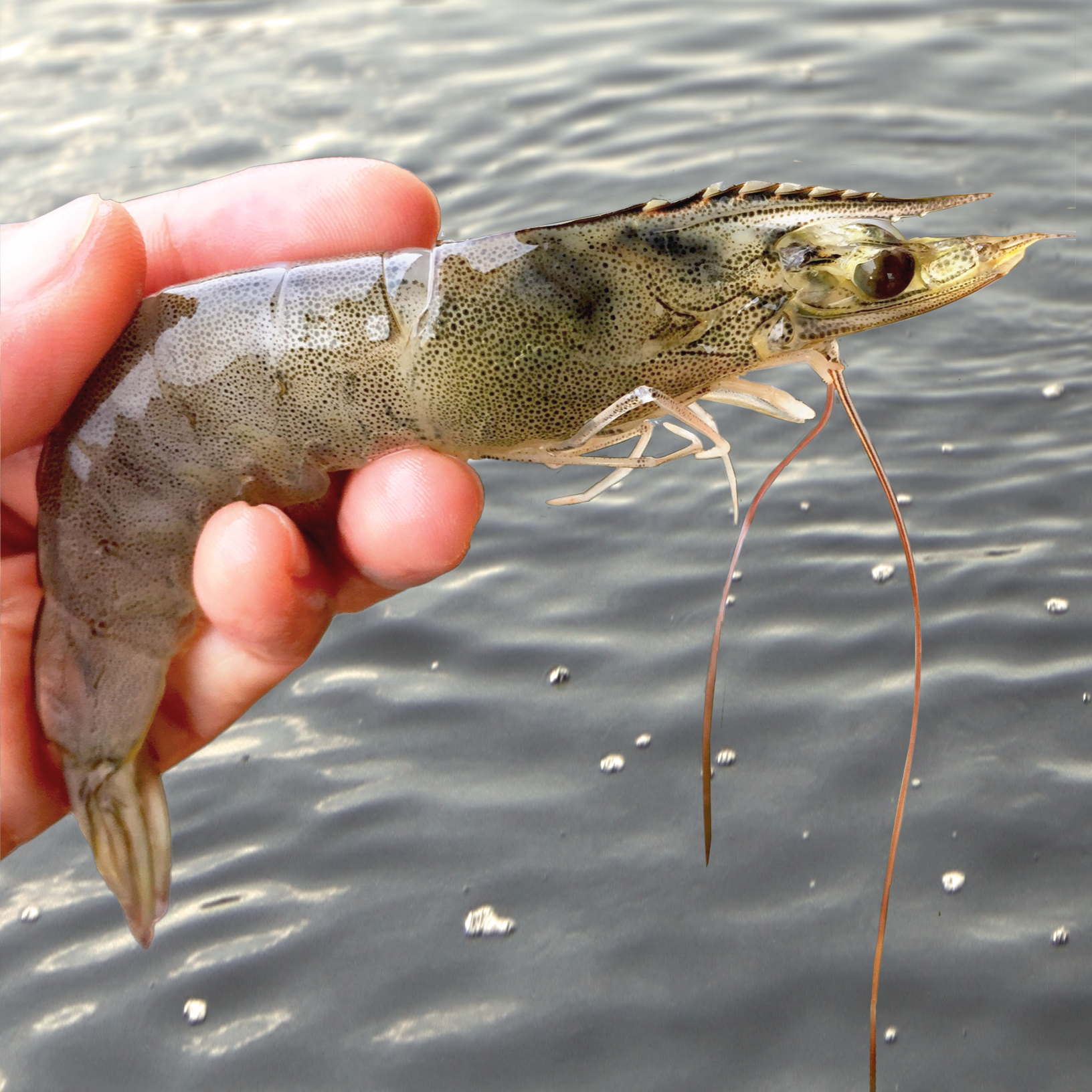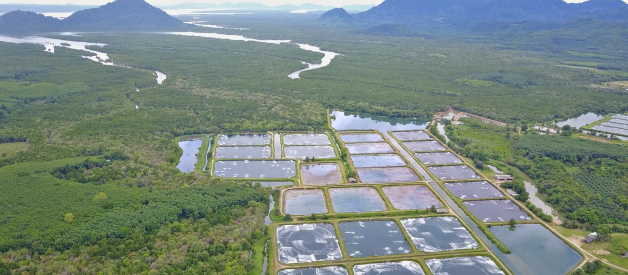 A shrimp farm in Southern Thailand
A shrimp farm in Southern Thailand
Each American eats an average of 4 pounds of shrimp per year, which is more than any other type of seafood. The majority of the shrimp in the United States is imported and a product of aquaculture. Not only does this help feed people, but farming shrimp ensures a method of production that does not harm the ocean and its wildlife, like endangered corals and sea turtles.
The USDA requires all shrimp in the United States to say the country of origin (or COO) on the package or at the seafood counter. That begs the question, which country of origin is best at producing a consistent, high-quality product?
For anyone buying seafood, here is a list of the 4 best COOs for sustainably farmed shrimp.
1. Thailand
Thailand has one of the longest histories of shrimp farming in the world and has been a leader of the global aquaculture movement for the past 40 years. Thailand continuously improves its farms based on new research and methods, and many of the best practices for farming shrimp are used widely throughout the country. These practices improve growth rates and reduce the amount of resources used to produce high-quality shrimp. The government in Thailand also provides farmers with funds to secure sustainable technologies, which helps lead to continuous improvement in Thai aquaculture.
Additionally, Thailand?s processing facilities are world-class. Thai processors are able to produce high volumes of product including raw, cooked, and value-added shrimp.
Finally, Thailand?s products are generally cleaner than other COOs. A recent Consumer Report found Thai shrimp had the lowest presence of bacteria than any other farmed COO.
2. Ecuador
Ecuador produces excellent shrimp using an extensive farming method. Extensive farming means shrimp ponds have lower stocking densities. In other words, less shrimp occupy a pond in Ecuador than in other countries. Shrimp companies in Ecuador are vertically-integrated and have expert breeding programs. Ecuadoran companies have been producing high-quality seafood for decades.
Additionally, Ecuador?s farm zoning policies exemplify some of the best practices in shrimp farming. Ecuador has placed restrictions for building in coastal mangrove habitats, so farmers build new ponds in highland areas. Although pumping water to inland areas is labor intensive and costly, it ensures mangrove areas along the coast are not destroyed.
Ecuador produces some of the best head-on shrimp globally. China, for example, pays a premium for high-quality Ecuadoran shrimp.
3. Indonesia
Indonesia is the third-best COO due to their experience and vast coastline ideal for growing shrimp. There are two types of shrimp farms in Indonesia ? intensive farms and remote extensive farms. Intensive Indonesian farms are using more advanced technologies. Because of this, they are experiencing increased improvements to their quality and yield. Additionally, many Indonesian facilities have good processing capabilities including value-added and cooked shrimp.
Remote shrimp farms in Indonesia do not share common water resources. This increases the survival rates of shrimp by reducing the chances of disease transmission. One common issue of remote aquaculture is more time spent transporting shrimp. The further the distance, the longer it takes for shrimp to reach the processing facility. Less time between harvest and processing means higher-quality finished products. The best processors in Indonesia decrease the amount of time from harvest to processing and produce some of the world?s best quality shrimp.
4. Madagascar
Madagascar produces some of the best black tiger shrimp in the world ? but in a very limited capacity. Similar to Ecuador, Madagascan farms are extensive; less shrimp are grown per acre. Madagascar differs from Ecuador because the farms are more isolated from each other.
Of the few thousand tons produced yearly, almost all the product ends up in Europe or Asia. A majority of Madagascan shrimp ends up in France. Madagascar?s shrimp is the only type of shrimp certified by France?s Label Rouge. Label Rouge is a certification that ensures the highest standards of seafood quality. The small quantity imported to the United States is served at high-end restaurants and is rarely found in grocery stores.

Conclusion
When determining the best country to source shrimp, consistency and quality matter. Countries that have been perfecting aquaculture for years are ideal seafood partners. For total output mixed with quality, Thailand is the best country of origin for farmed shrimp.


